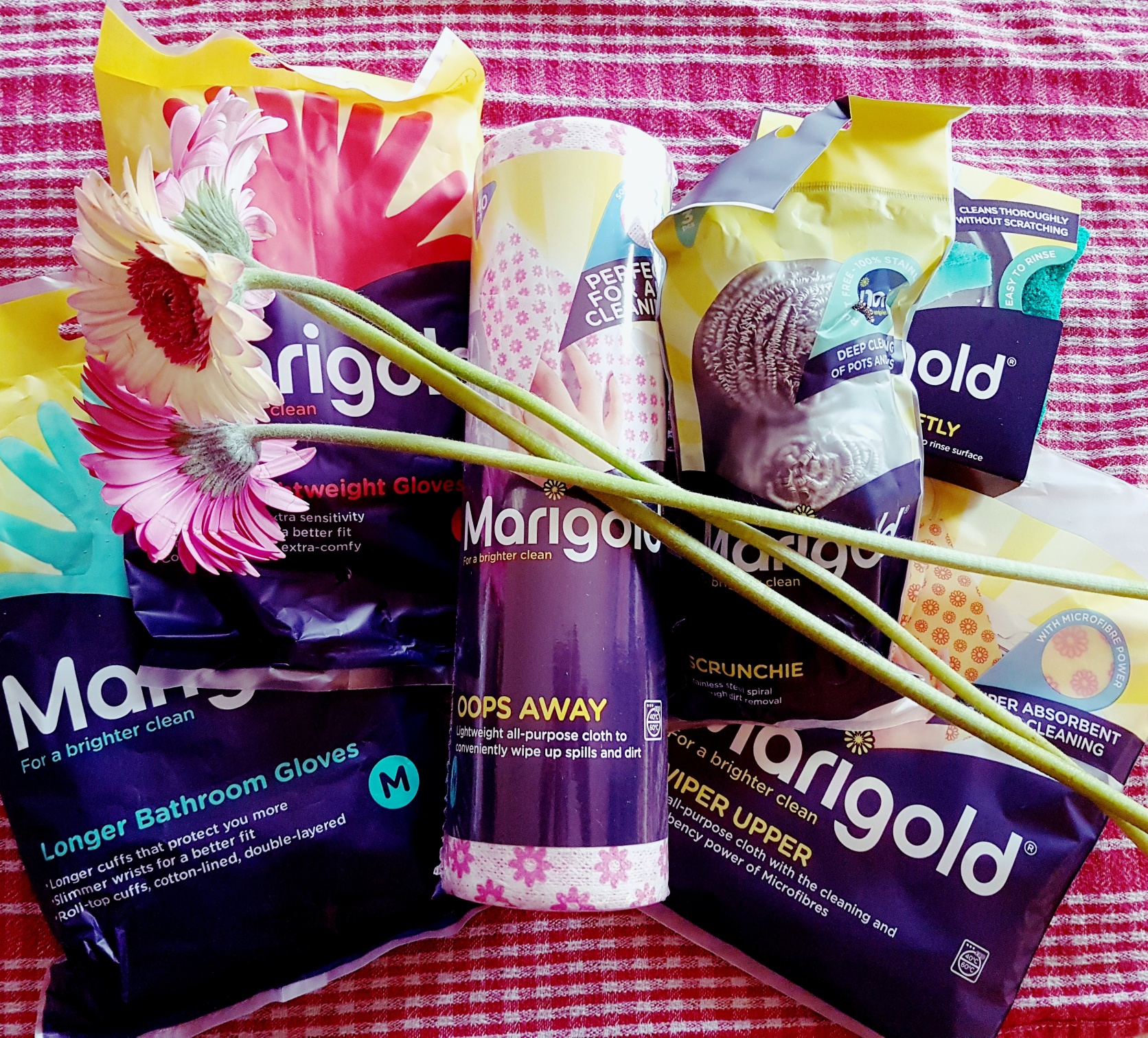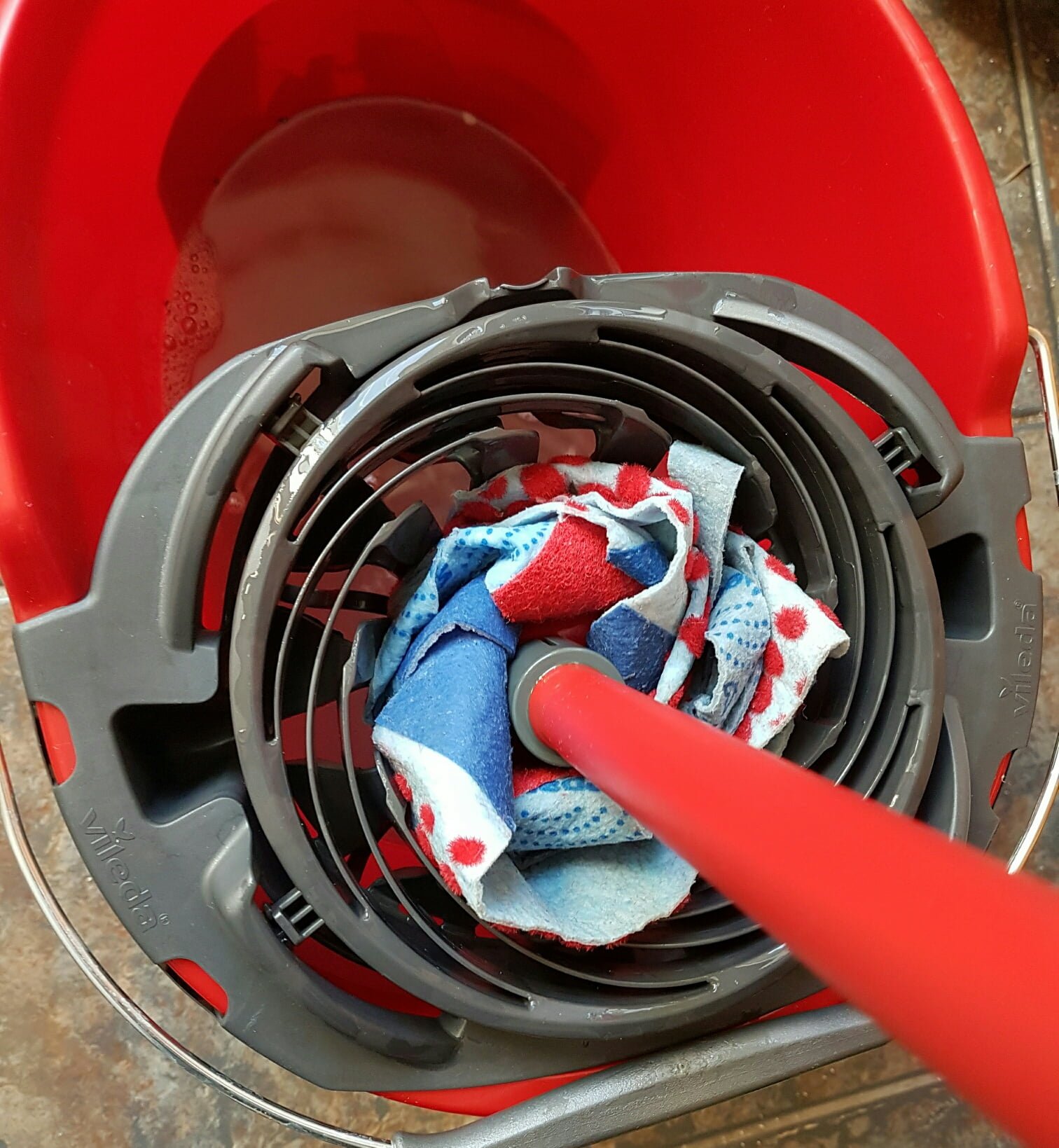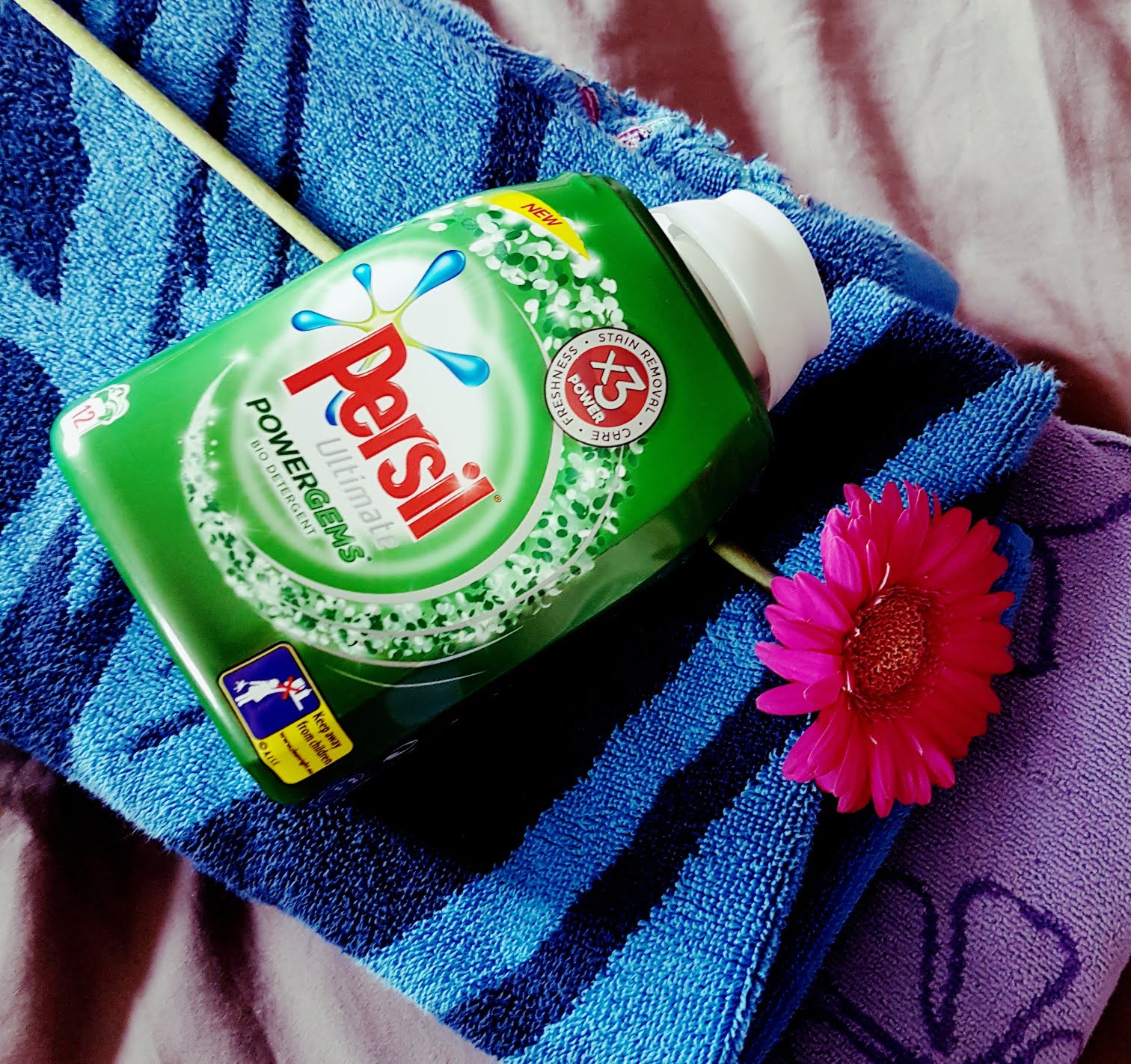Bacteria are one of the main disease-causing agents and a majority of them are found all around your home. Although there are plenty of bacteria that do not make you sick, there are some like Staphylococcus aureus, salmonella, E-coli, yeast and mold that can cause serious infections. I remember learning about all of these in my home economics classes at school and it’s stuck with me ever since.
The best thing that you can do to ensure protection from them is by identifying them and getting rid of them before they make you or your family sick. An average home hosts millions of bacteria that are spread through unhygienic habits, by pets and sometimes, simply by touch. Therefore, it becomes important to detect the areas frequented by them and eliminate them. Here are some surprising places in your home where infectious bacteria are found.
Dish sponges
So you think that the sponge you use to scrub your dishes clean is doing a great job? You may be absolutely wrong because this is actually the number one in this list. Almost all of them harbor E-coli while a large number has salmonella. These germs find a favorable environment to thrive in moist sponges that are full of food particles. Wash the sponge with hot water every day and dry it after use.
Kitchen sink
The kitchen sink is another bacteria-infested place in your home, all because it is wet most of the time and also has food leftovers in it. Like the dish sponges, sinks too have coliform bacteria that are widely responsible for stomach infections. The best way to eliminate germs from the sink is by disinfecting it at least twice a week.
Kitchen work surface
Even if you clean the kitchen work surface ten times a day, it will still have a large number of bacteria that you cannot see. This is because you keep placing dirty stuff over it throughout the day. The bacteria that live on the counter top make way into the raw food that you place and cut over the work surface. Try to keep non-food items off the kitchen work surface and disinfect it several times in a day.
Bathroom faucet handles
Next on the list of the places that have maximum number of bacteria is the bathroom faucet. Unless you have installed a touch-less one, this is perhaps home to millions of bacteria. Every time you touch it, make sure that you wash your hands with soap and water. Clean these handles every day with disinfecting spray or wipes.
Toothbrush holder
You may think that the maximum germs reside in your toilet but the fact is that you will find a majority of them in the toothbrush holder. The probable reason is that you forget to clean it regularly as all the attention goes to disinfecting the toilet.
Makeup bag
Germs get excellent breeding conditions in the nooks and crannies of your makeup bag. They frequent the bristles of makeup brushes and sponges of the applicators as well. These act as major culprits and cause infections of the skin and the eyes. Experts recommend keeping the cosmetics and applications clean and dry and replacing them every six months.
Laundry
If you have the habit of leaving wet laundry in the washing machine, you are giving bacteria an opportunity to thrive. Even when left for a short time interval, germs can flourish in damp and warm conditions. The best thing to do is to transfer the clothes to the dryer immediately after washing them. Also, wipe the washer surface dry after every use and disinfect it once in a week.
Pets
Another prominent source of domestic bacteria is pet animals. There are hundreds of them in the pet skin, hair and feet. Also, the feeding bowls and toys used by your pets provide germs a good place to hide and grow. Wash off the pet’s paws as it comes from outdoors. Also, give them regular baths followed by proper drying. Wash their feeding bowls and toys with soap and warm water on a regular basis.
Now that you know all the places that shelter harmful bacteria, you should take appropriate steps to deal with them and this post has some good advice in this context. Not much effort is needed to ensure good hygiene and cleaning practices in your home; however, if you are able to maintain them, you can get rid of the harmful germs effectively and safeguard the health of your family.




